Today’s tents come in all different shapes and sizes.
If you’re new to camping, or just looking to upgrade your existing tent, it can be overwhelming trying to figure out which type of tent is best for you.
Here is a complete list of 25 types of tents, with a description and the pros and cons of each so you can camp, hike, and backpack with comfort.
1. A-Frame Tents
When most people think of a tent, this is what pops into their heads. These are those traditional tents with a triangular (A-shaped) frame. The main structure of the A-frame tent is sturdy poles on both ends with side ropes that tether the tent to the ground and give it’s A-frame shape.
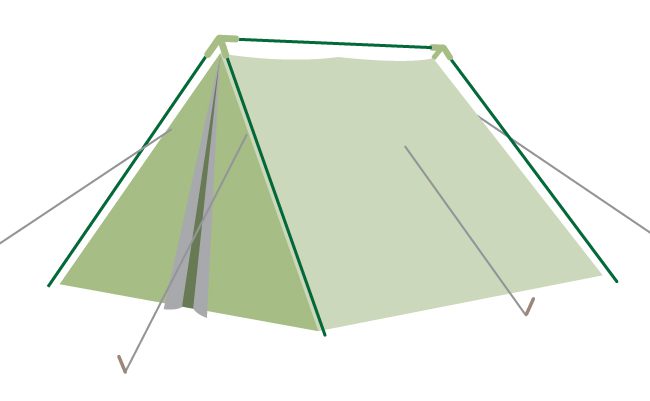
Pros
- Rain and snow will easily slide off the steep sides.
- The A-frame shape is stable in moderate to strong winds.
- Lightweight options are available
- Easy to set up and takedown.
Cons
- The sloping sides can minimize the amount of livable space in your tent.
- Tend to tip, buckle, or even collapse in high winds if not pitched correctly.
- Larger sizes often require multiple tether lines.
Best For: A-frame tents are an ideal option for those who love camping and want a reliable and easy sleeping option. There are a variety of sizes to suit both individuals and families in an A-frame tent.
2. Dome Tents
Dome tents typically have 2 intersecting poles that cross over in the middle to create a dome-like shape. Some dome tents have a vestibule (or porch) in front of the door. This acts as a makeshift mudroom to store equipment and keep dirty gear out.
Pros
- This type of tent is lightweight and provides a good amount of headroom.
- The aerodynamic shape makes them fairly sturdy and stable in windy conditions
- Dome tents provide more livable and spacious than A-frame tents.
- These tents can be freestanding and don’t require to be staked into the ground.
Cons
- There is a learning curve when trying to pitch a dome tent for the first time, and often requires two people to set up.
- Taller dome tents can lose stability in high winds.
- Most dome tents are not tall enough to stand up inside.
Best for: These are great for families because they offer a good amount of living space while still being light and easy to set up and take down for frequent camping trips together.
3. Tunnel Tents
These are tube-shaped tents with multiple arching poles that run parallel to each other rather than intersect. While this style of tent is sturdy, it must be staked down and it is important to pay attention to the wind direction to set the tent up properly.
Pros
- They offer a large vestibule area with plenty of headroom.
- When properly placed, this tent can handle strong winds.
- Many styles of tunnel tents offer multiple “bedrooms” offering more privacy.
- Large tunnel tents can also serve as pavilions for eating in a “dining room” portion of the tent.
Cons
- A tunnel tent is prone to sagging and collecting water in the middle.
- Difficult to pitch without a second pair of hands.
- Not freestanding, they require guy lines and stakes for stability.
- If the wind hits the tunnel straight-on, it can easily cause the tunnel to blow away.
- Tunnel tents are quite heavy and bulky when packed, making them unsuitable for carrying on foot.
Best for: These are a great option for groups of friends or family camping together for an extended period. They can be especially beneficial in camping areas without a pavilion.
4. Geodesic & Semi-Geodesic Tents
These tents have a structure that resembles a dome but is significantly more complicated than a dome tent. Instead of a simple intersection of poles, geodesic tents use poles to form triangles that connect and form a stronger structure. Semi-geodesic tents have a similar design just with fewer poles.
Pros
- The most stable type of backcountry tent available and designed to perform well in all kinds of extreme weather conditions.
- They are often made from some higher-quality materials than average camping tents.
- They provide lots of livable space and a strong foundation.
Cons
- Many models are simply too heavy to be practical for backpacking.
- Because of their complicated structure, they can be tricky to pitch.
- The extra poles and robust construction mean geodesic tents tend to be more expensive than dome tents.
Best for: Typically, geodesic tents are used by climbers and long-distance backpackers who expect to encounter high winds, heavy rain, and snow.
5. Cabin Tents
If you’re looking for a comfortable camping style the whole family will enjoy, you’ll love a cabin-style tent. The straight-wall structure gives more space than other tent styles. In fact, their structure makes them look more like a portable house than a tent, and they often have room dividers or multiple rooms to give each family member a little more privacy.
Pros
- These tents are usually large and designed with big groups and families in mind.
- They are tall enough that most individuals can walk around freely inside the tent without having to crouch down.
- The canvas fabric is usually waterproof and stands up well in rain and thunderstorms.
Cons
- Often very heavy because they are so large.
- Because these tents are taller and do not have an aerodynamic shape, they don’t hold up well in high winds.
- Can take much longer to set up, so they aren’t great for a short camping trip or backpacking.
Best for: If you’re looking for an extended home-away-from-home, a cabin tent is a great choice for families looking to spend their summer enjoying the outdoors.
6. Pyramid Tents
This type of tent is one of the easiest tents to set up and takedown. The structure is suspended from a single, central pole, and the tent fabric (or tarp) goes over the pole and is staked out at the corners. Because of their simple structure, many pyramid tents do not have a “floor” and instead are used to provide a shield with a separate inner tent with a floor and mesh netting to protest from insects, moisture, and woodland creatures.
Pros
- Larger pyramid-shaped tents provide excellent headroom because the center pole is often very tall.
- They are a popular option for permanent “glamping” sites, where they will often be built with a wooden floor.
- Smaller options are great for backpacking because the single-pole makes them very lightweight to carry.
Cons
- These tents require stakes in the ground and cannot be used as a freestanding structure.
- Even the smallest pyramid tents have a huge footprint and require more space than other tent shapes.
- If you opt to use an inner tent, you are setting up two structures instead of just one. Otherwise, you are sleeping directly on the ground.
Best for: This is a good backpacking option if you have a sleeping bag designed for sleeping right on the ground. Larger styles work well for open campsites with plenty of space and an inner tent for additional protection.
7. Multi-Room Tents
Multi-room tents are more similar to a house than a traditional tent. They are typically a cabin or a tunnel shape with extra rooms separated by a divider inside the tent. These tents are designed to be customized. You simply add more “rooms” to your structure to create the space you need. Perhaps you’d like separate bedrooms for children and guests, as well as dedicated rooms for living and cooking. With this style, you can build it to suit your needs.
Pros
- You can add extra full-height pods onto both the open roof and other pods so taller guests can stand up straight inside the tent.
- The customizable style makes them great for camping with kids who may need to go to bed early or parents who might want more privacy.
Cons
- These tents are significantly larger making them harder to pack and heavier to carry.
- Pitching these tents takes more practice and more people, it’s not a one-person job.
Best for: A multi-room tent is perfect for large groups and families who want added privacy. They are also great for long-term camping situations because they provide comfortable space in a strong structure.
8. Inflatable Tents
Inflatable tents are a new kind of tent that has recently revolutionized the camping market. They use inflatable tubes instead of standard aluminum poles to provide the tent’s structure and simplify the setup. Simply inflate the air beams to support the tent and you’re ready to camp.
Pros
- They are pole-free, which makes them easier to pack than other tent styles.
- They come in several different shapes and sizes including cabin, tunnel and geodesic.
Cons
- They require an air pump to inflate, which requires you to carry additional gear.
- Their durability and ability to handle extreme weather vary greatly because they haven’t been on the market very long.
- They tend to be more expensive than other styles.
- Despite the lack of poles, they are heavier than other traditional tents.
Best for: These might be a great option for short-term use like music festivals or a quick weekend camping trip where you can haul everything in your car, enjoy a night under the stars and head home on Monday.
9. Pop Up Tents
Pop-up tents are marketed as a “throw and go” style. Designed with spring-loaded poles, the tent will “pop” into shape in just a few seconds without the hassle and time of setting up a traditional tent style.
Pros
- Quick and easy setup makes them super convenient and great to use in a pinch or on a whim.
- They are usually a less expensive style of tent.
- They come in a range of sizes from a single user to small groups.
Cons
- These tents are not designed to handle much in terms of weather and rain and are easily blown away.
- With only one layer of protection, they won’t provide much warmth and are prone to condensation.
- They lack additional features like storage or separate rooms.
Best for: Because of its lightweight, super convenient, and quick to set up, this tent is popular among hikers, trekkers, and beach campers ready for a spur-of-the-moment adventure.
10. Instant Tent
If setting up a tent is your worst nightmare, you might love the instant tent. This tent comes with pre-attached poles, so there is zero fumbling around with sticks and loops. All you need to do is unfold the tent, extend the poles into place and the tent is clicked into place.
Pros
- It is much faster to setup your tent than a traditional style.
- These tents can be freestanding and aren’t required to be staked into the ground.
Cons
- They are heavy and usually quite bulky when packed
- Instant tents are typically smaller, and have only limited capacity.
- Lack of durability, robustness, and stability.
Best for: They are best for solo camping trips for those who aren’t interested in setting up and taking down a complicated tent.
11. Backpacking Tent
Backpacking tents are specifically designed to be carried a long distance. Backpacking tents come in many designs, but the dome tent style is one of the most common. It’s important to find a tent that withstands all types of weather, as you’re not always sure what you’ll encounter while backpacking.
Pros
- A backpacking tent will often be made with very high-quality materials to reduce the overall weight while remaining durable.
- They have a very low profile, which allows them to withstand any weather conditions.
- Have fewer poles and a very simple setup design that is quick to set up and take down.
Cons
- Usually less spacious than other types of tents and only designed for 1-2 people.
- Backpacking tents are reasonably expensive.
- They are designed to be compact and don’t provide a lot of space for users.
Best for: Backpacking tents are popular and best used by solo campers, hikers, and long-distance trekkers.
12. Bivvy Tent
This is one of the ultralight camping tents made for one person to use on the go. They were originally designed as emergency shelters and are very tiny, with just enough material to shelter a single person from the elements.
They use the lightest, most durable materials possible to minimize pack weight on the trail. Usually, this comes with an expensive price tag, so this kind of quality doesn’t come cheap.
Pros
- They use the lightest, most durable materials possible.
- Bivvy tents are quick and easy to set up as you move from place to place.
- They have a very low profile, making them more resistant to wind.
Cons
- Because they are thin and lightweight, you’ll likely have more condensation.
- There is zero storage space available and the tight space can be claustrophobic to some.
- Although they are durable, they still provide very little protection from the elements.
Best for – These tents are ideal for wild campers, bike touring, ultralight backpacking, and hikers who want to carry as little weight as possible and are willing to risk some weather and geographical challenges.
13. Hammock Tent
Hammock tents are a great alternative to traditional tents. They are tied to a tree with suspended steps providing a comfortable sleep above the ground.
Pros
- Hammock tents can provide the most comfortable way to sleep in the words.
- They are easy to set up as long as you have enough strong trees nearby.
- They are a lightweight option that is easy to carry.
Cons
- Although you can find hammock tents with a bug net, you are still more exposed to the wind, rain, and creepy crawling things.
- Only sleeps a maximum of 2-3 sleepers.
Best for – They are best for single campers and backpackers who enjoy being rocked to sleep like a baby with the lull of a hammock.
14. Bell Tents
If you’re looking for a more glamping style of camp, this tent has the bells and whistles you’re looking for. It has a pyramid shape with a center pole and straight sides. This gives you all the benefits of a teepee tent, with a lot more room to bring the comforts of home with you.
Pros
- One of the most luxurious camping tents that is thick and durable and feels more like a permanent structure.
- The canvas used in most bell tents has excellent breathability and durability and provides protection even in cold weather.
Cons
- They arere heavier and more expensive than synthetic tents.
- Can be costly depending on the size of the tent.
- These tents take some time to get set up correctly.
Best for: Bell tents are a great option for large group camping in areas that can still get pretty cold after dark. Perfect for those with a diva side, who want to be as comfortable as possible while camping.
15. Teepee Tents
The teepee tents were once constructed using animal skins by indigenous tribes and the structure is still used today. The single central pole, numerous guy lines, and stakes give these tents a cone-shaped structure. While they are now typically made of canvas, there are also some synthetic options available for those who want a lighter, more affordable option.
Pros
- This style of tent is typically very spacious and can be built to accommodate a large group.
- Teepee tents provide lots of livable space, taller standing space, and roof vents that allow hot air to rise and escape.
Cons
- The canvas material typically used is very heavy.
- Flooring is not always included.
- The taller the teepee, the less stable the structure.
Best for: The teepee is great for semi-permanent camping situations as they are heavy and not very easy to assemble.
16. Canopy Tent
These tents are primarily used for festivals, carnivals, sporting events, and other places as a source of shade rather than a place to sleep. A canopy tent has 4 legs and a canopy top with open sides.
Pros
- Easy to assemble and provides a great additional shelter to any campsite.
- They provide reliable protection from the rain and sun.
Cons
- Doesn’t provide complete structural protection.
- Can easily be blown away in high winds.
Best for – These work great at social functions like festivals, tailgating, sports games, and farmer’s markets. While camping, a canopy tent can also be great as a kitchen or hang-out tent at the campsite.
17. Beach Tent
Beach camping requires a different type of tent because the sandy terrain of a beach is entirely different from the stable ground of a traditional campsite. Beach tents come in a variety of shapes, including dome or geodesic, and typically have sandbags along the bottom edges to provide stability.
Pros
- Sets up quickly and provides instant shade from both the sun and wind.
- Beach tents provide fantastic ventilation to keep you cool.
- Provides shade to keep your skin safe from UV rays.
Cons
- Can be bulky when packed.
- If the tent doesn’t come with extra-long stakes, you’ll need to purchase them separately to provide stability.
- Beach tents typically don’t offer full protection from the elements and do not hold up well in the rain or a storm.
Best for – Beach tents are specifically designed for beach camping and aren’t suitable for use on other terrains.
18. Suspended Tent
A suspended tent is similar to a hammock tent that spreads out among three trees instead of two. A suspended tent tends to be a very comfortable little sleeping area in the air but can be tricky to set it up properly.
Pros
- Place sleepers above any wet, uneven, rocky, or unsuitable terrain.
- Usually very lightweight and a packable solution for backpacking.
- Plenty of ventilation is available.
Cons
- This can be difficult to set up and may require practice to get it right.
- Provides only minimal protection from weather elements.
Best for – Those who prefer to sleep above the ground, backpacking in a forest, or through rugged terrain where floor camping isn’t available or preferred.
19. Rooftop Tent
Rooftop tents are installed on top of an SUV and provide an elevated sleeping space accessed by a ladder attached to the tent door or vestibule.
Pros
- Rooftop tents are typically very robust and weather-resistant
- You can camp anywhere that you can park your vehicle and don’t have to worry about any uneven ground or staking out the tent.
- Usually sold with an inbuilt mattress providing the ultimate comfort and protection keeping you away from snakes, bugs, and any other critters.
Cons
- These types of tents can be more expensive than other styles.
- They typically weigh about 150 pounds.
- A rooftop tent takes longer to set up than your average tent.
Best for – A rooftop tent is a great option for road trips where you may be sleeping next to the road in a variety of circumstances. They are also a great option for camping in areas where there may be unwanted critters on the ground.
20. Bathroom Tent
This unique tent option is basically a portable privacy tent for changing clothes, taking showers, and for toilet purposes used mainly by mountaineers. It pops up quickly from a folded position and takes a little manipulation to gather it back together and pack up.
Pros
- A great option for individual privacy when camping in large groups or in locations where privacy is hard to find.
- Easy to use, doesn’t require any poles, stakes, or extra setup time.
- A multipurpose option that can be used by several people in the group for multiple applications.
Cons
- Doesn’t provide anywhere to sleep, requiring an additional tent to be provided.
- Adds extra pack weight.
Best for – Adding an extra element of privacy to camping. Can also be used for construction worksites, or to provide a little bit of individual shade.
21. Pod Style Tents
This tent is a new concept in social camping that is designed to be completely modular. You simply buy what you want when you want to accommodate your group. One large size central tent is connected to several independent compartments.
Pros
- Modular design allows this tent to be customized to fit different size groups and grow with your family.
- This type of tent provides outstanding privacy as each individual pod acts as a separate tent.
- Great for families that allow individual bedrooms and still a communal living space.
Cons
- This style requires a lot of parts and time to put together.
- Due to the size, this style of tent can be both bulky and heavy.
- Each time you add a pod, the price increases making the overall cost more expensive than other styles.
Best for – This is best for group camping or families who prefer an additional element of privacy in the form of separate bedrooms while camping. It is best for long-term camping trips because of the time required for setup.
22. Trailer /Truck Tent
This tent is a hybrid between tent and caravan. They are towed on a trailer behind a truck or SUV and set up on-site. They provide an experience as close to a camper trailer without the significant equipment investment.
Pros
- Trailer tents are spacious, roomy, and strongly built.
- Adds the extra advantage of a sleeping platform raised off the ground
- Provide extra warmth and comfort when compared to other tent styles.
Cons
- Requires towing, which can be an inconvenient and bulky way to travel.
- This tent can be difficult to purchase in between expeditions and in the off-season.
- While it is less expensive than a camper, it is still more expensive than other tents.
Best for – Truck tents are the answer for people looking for a budget-friendly way to avoid sleeping on the ground. They pop open inside your truck, allowing you to use the truck as a sleeping platform.
23. Wall Tent
Wall tents are also known as safari tents, outfitter tents, or canvas hunting tents. It is a tent that has four vertical walls constructed out of a heavy-duty canvas.
Pros
- Designed specifically for providing offer greater space.
- Especially sturdy and gives extra protection from the elements.
- You can also use a wood stove inside this type of tent.
Cons
- These are one of the most expensive styles of tents.
- Especially heavy and takes a significant amount of time to set up.
Best for – This is your go-to shelter for hunting trips in cold weather because of the ability to use a wood stove inside to keep things toasty and warm all night long.
24. Insulated Tent
Insulated tents offer you the ability to camp all season by providing insulated walls designed to keep you warm in winter and cool in summer. They can come in all shapes and sizes but will typically cost more than non-insulated varieties of tents.
Pros
- Regulates temperature by keeping you warm in the evening and providing a cool place to lounge during the day.
- Does a better job blocking noise and light while camping.
- Allows for more comfortable camping all year long.
Cons
- Insulated varieties will always be heavier and more expensive than non-insulated fabric tents.
Best for – An insulated tent is best for camping in mild temperatures year-round, and for providing extra warmth for those who typically get cold while camping overnight.
25. Lightweight Tent
Any tent that is can be easily carried can be termed a lightweight tent. A dome tent, tunnel tent, geodesic, or any other tent can be a lightweight tent if they are made of a lighter material and easily packable.
Pros
- They can be used in multiple locations throughout an expedition.
- They are typically easy to store and simple to set up.
- Most packable tents are designed to be warm and withstand the elements.
Cons
- A packable tent is often more expensive and smaller than traditional tent styles.
- These styles of tents are not always durable and may need to be replaced if used frequently.
Best for – A packable tent is best for individual use for climbers, backpackers, and trekkers.
FAQs About Tent Types
Choosing the Best Tent for Your Next Adventure
So there you have it; 25 different types of tents for every camping occasion.
If you didn’t find exactly what you are looking for there are still a few very niche types of tents that we didn’t include in this guide.
A tent is meant to be a shelter, but more importantly, it’s meant to be a comfortable and cozy place to relax at night before winding down. The trick to choosing the perfect tent is finding one that fills your needs while balancing protection, weight, and budget.
To support your adventures, you need a comfortable place to call home for the night.
Take your time and consider every aspect of your outdoor habits to make an informed decision from an educated place.
Find yourself the perfect type of tent and go enjoy the outdoors!



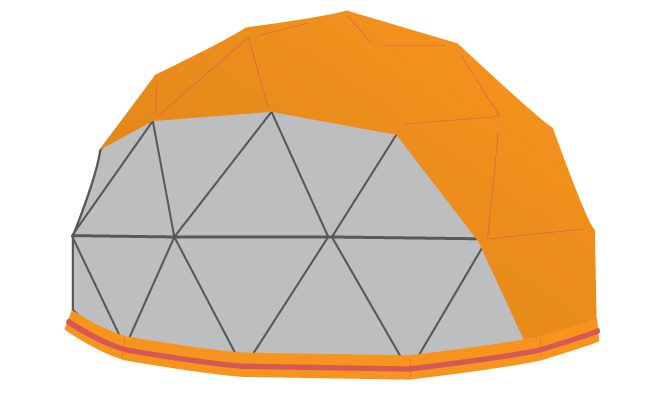



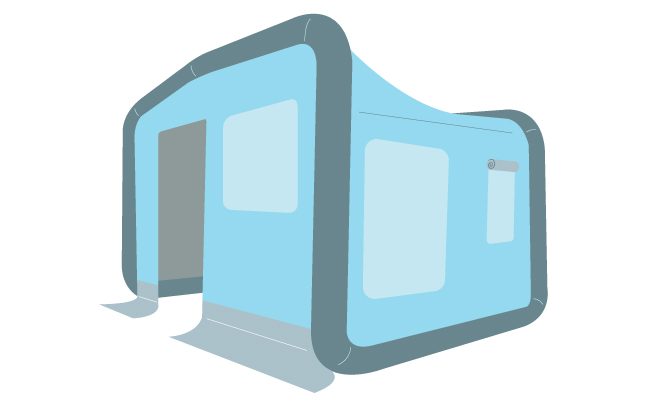


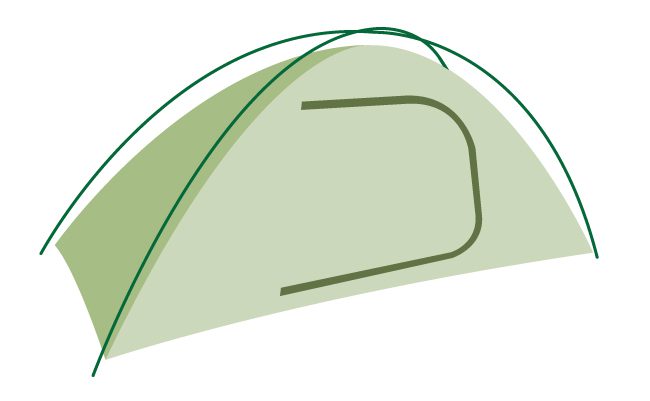
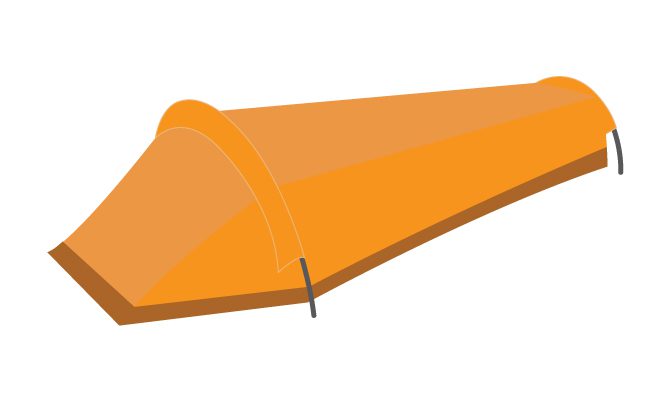


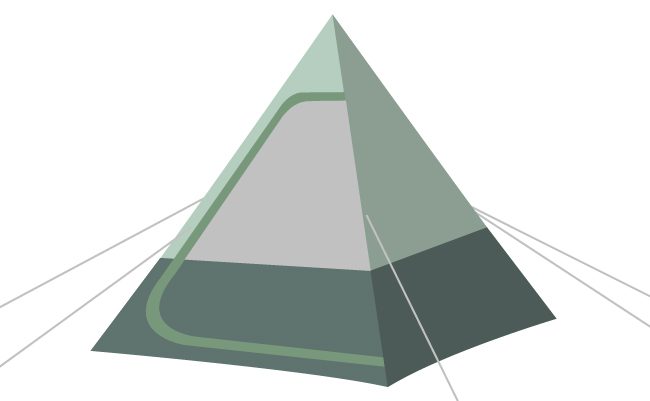


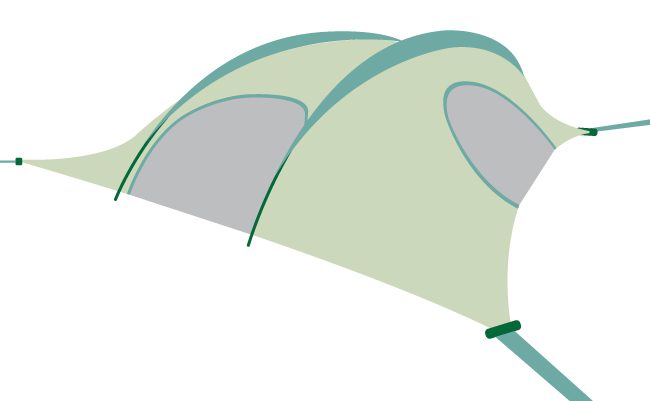
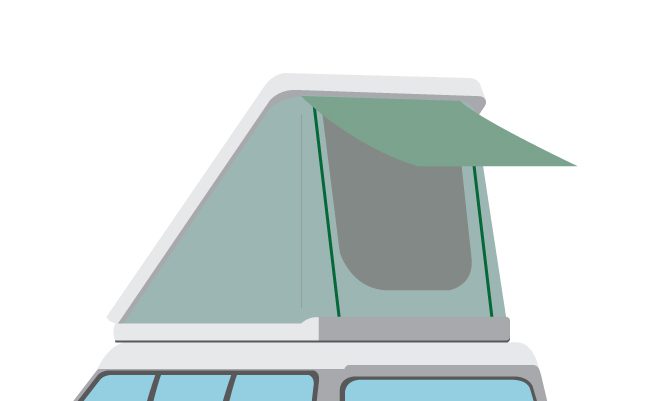




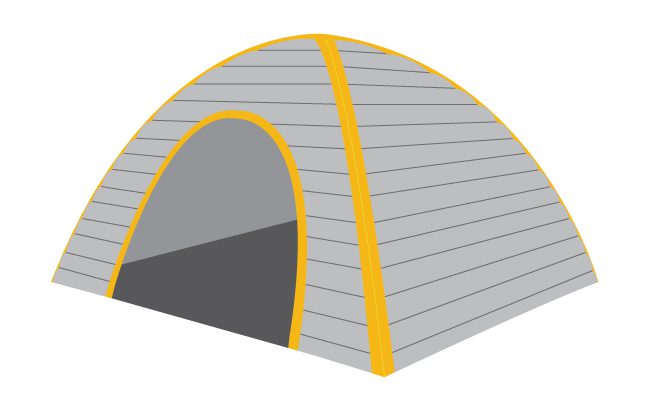
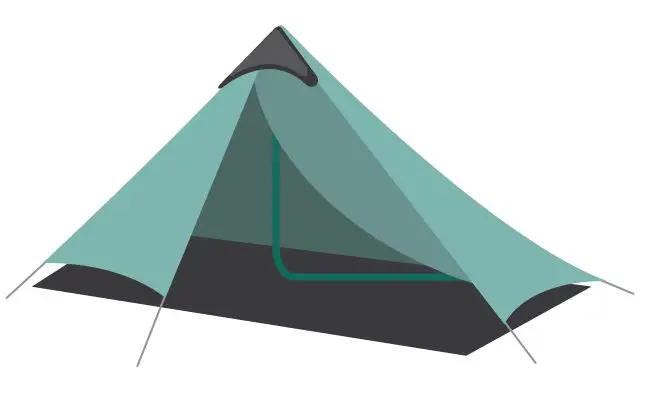
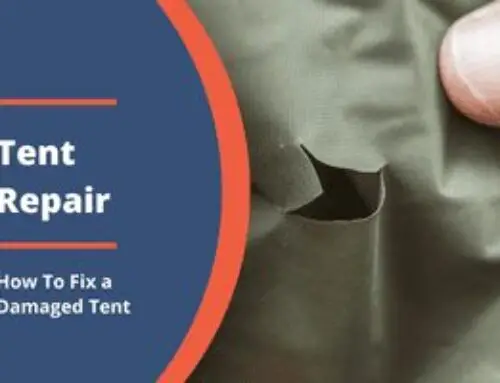

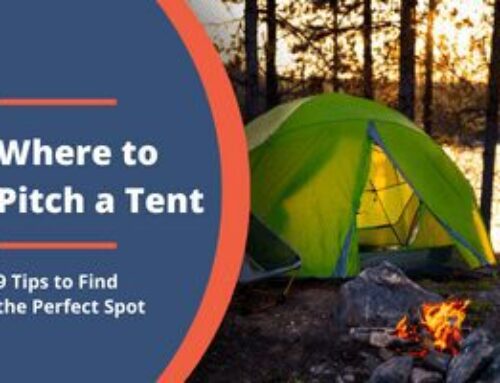





Leave A Comment